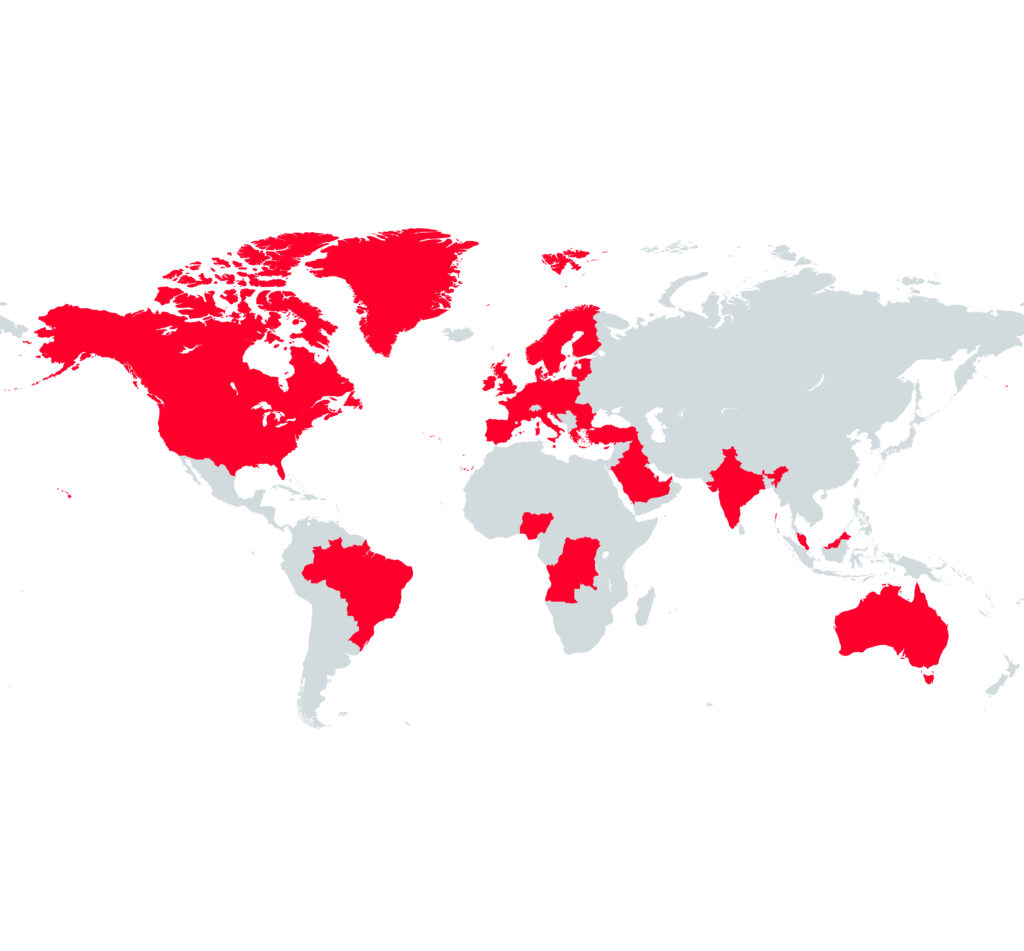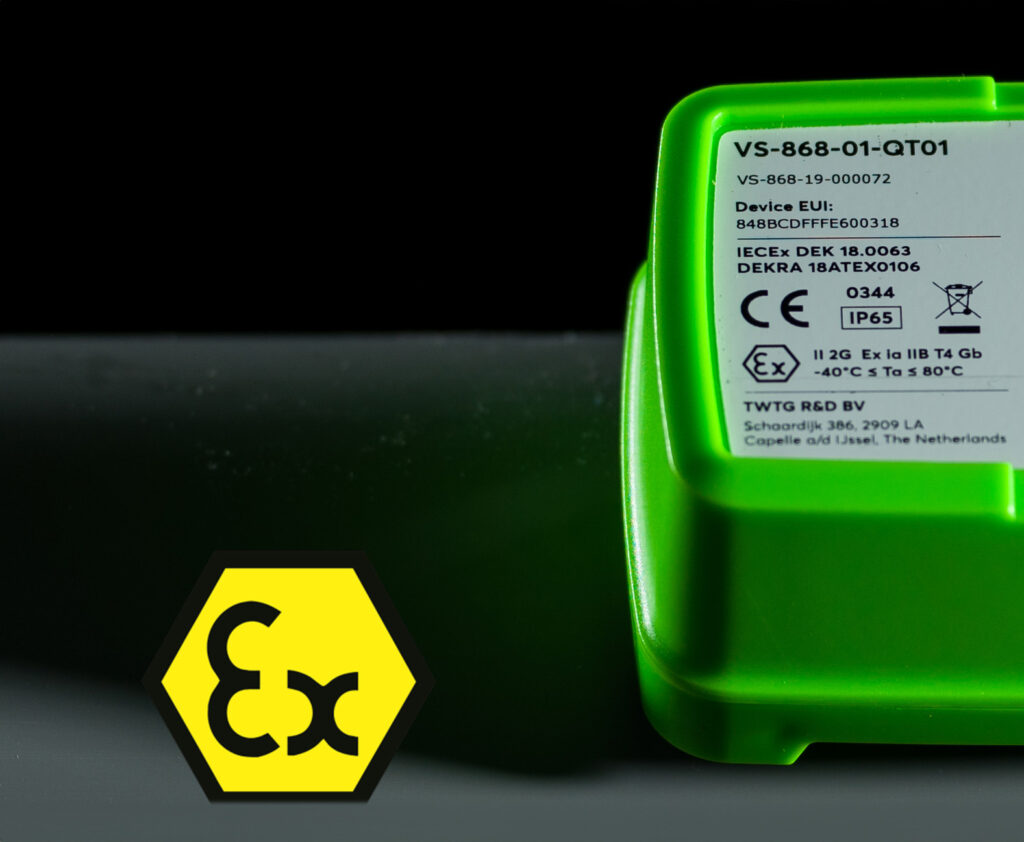
Global Ambitions
Our sensors are designed for international rollouts, and new regions are constantly added. Contact us directly or see the latest updated list of country certifications per device type in our Starting Guide.

Hazardous Locations
Hazardous Locations (HazLoc) are places with a potentially explosive atmosphere due to the presence of gases, vapors, dust, or a mixture of them. The electrical and electronic equipment installed in Hazardous Locations can be the source of ignition. For such reason, standards and regulations exist to identify these locations, classify the hazards, and safely design the operating equipment.
Applicable regulations depend on the site and country of operation. Said regulations guide whether equipment can be used based on a Hazardous Area Classification (HAC). Internationally, the classification is made by the International Electrotechnical Commission System for Certification to Standards Relating to Equipment for Use in Explosive Atmospheres (IECEx System).
The ATEX Directive 2014/34/EU covers equipment and protective systems intended for use in potentially explosive atmospheres in the European Union (EU). The directive defines the essential health and safety requirements and conformity assessment procedures, to be applied before products are placed on the EU market. For North America, the FM approvals are used for the device’s certification.
IECEx Certification
All our devices have an Ex certificate from ATEX/IECEx for use in either Category 1 (Zone 0) or Category 2 (Zone 1). For the specific certificates on the different product variations, check the Hazardous Locations page in our Starting Guide

Intrinsically Safe Ex
Intrinsically Safe (Ex i) is an explosion protection concept designed to prevent equipment in hazardous environments from igniting explosive atmospheres. It does so by limiting the electrical energy and surface heating within the equipment to levels that are too low to cause ignition.
There are two main types of Ex i protection:
- Type “ia”: Allows for up to two faults during operation.
- Type “ib”: Allows for one fault during operation.
Unlike other protection methods, Intrinsic Safety is a system concept that involves a combination of interconnected components working together to ensure safety. The core principle is to keep power levels below those that could produce sparks or excessive heat, making it one of the most secure methods for protecting equipment in explosive atmospheres.
